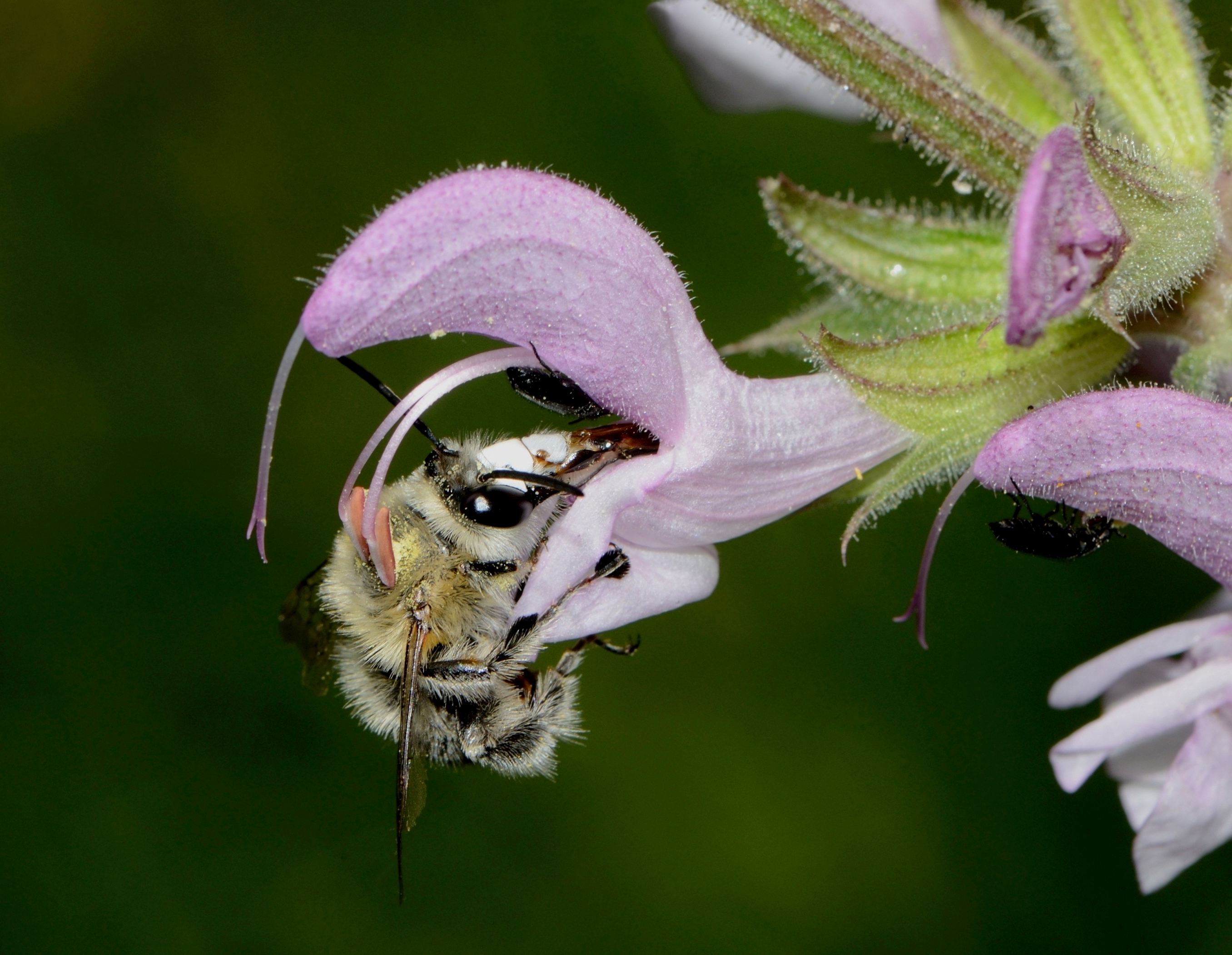|
Salvia Texana
''Salvia texana'', commonly called Texas sage, is a species of flowering plant in the mint family (Lamiaceae). It is native to North America, where it is found in northern Mexico, and in the U.S. states of Texas and New Mexico. Its natural habitat is dry areas on limestone soils, in prairies or over rock outcrops. It is an herbaceous perennial that grows tall. It has with hairy lanceolate-oblanceolate leaves. The flowers are purple-blue. It resembles ''Salvia engelmannii ''Salvia engelmannii'' (Engelmann's sage, Engelmann's salvia) is a herbaceous perennial that is endemic to the limestone hills of central Texas. ''Salvia engelmannii'' forms a mound tall with velvety leaves. The flowers are pale lavender, gro ...'' in appearance, but has a longer bloom period, smaller and darker flowers, and unopened green buds at the top of the plant. References texana Flora of Texas Flora of New Mexico Flora of Mexico {{Salvia-stub ... [...More Info...] [...Related Items...] OR: [Wikipedia] [Google] [Baidu] |
Lamiaceae
The Lamiaceae ( ) or Labiatae are a family of flowering plants commonly known as the mint, deadnettle or sage family. Many of the plants are aromatic in all parts and include widely used culinary herbs like basil, mint, rosemary, sage, savory, marjoram, oregano, hyssop, thyme, lavender, and perilla, as well as other medicinal herbs such as catnip, salvia, bee balm, wild dagga, and oriental motherwort. Some species are shrubs, trees (such as teak), or, rarely, vines. Many members of the family are widely cultivated, not only for their aromatic qualities, but also their ease of cultivation, since they are readily propagated by stem cuttings. Besides those grown for their edible leaves, some are grown for decorative foliage. Others are grown for seed, such as '' Salvia hispanica'' (chia), or for their edible tubers, such as '' Plectranthus edulis'', '' Plectranthus esculentus'', ''Plectranthus rotundifolius'', and ''Stachys affinis'' (Chinese artichoke). Many are al ... [...More Info...] [...Related Items...] OR: [Wikipedia] [Google] [Baidu] |
Botanical Research Institute Of Texas
The Botanical Research Institute of Texas (BRIT) is a botanical research institute located in Fort Worth, Texas, United States. It was established in 1987 for the herbarium and botanical library collections of Lloyd H. Shinners from Southern Methodist University but has subsequently expanded substantially. BRIT focuses on plant taxonomy, conservation and knowledge sharing for both scientists and the general public History The Botanical Research Institute of Texas was founded in 1987 around the herbarium and library from the Southern Methodist University that been substantially expanded by their final curator, Lloyd Herbert Shinners. It was located in a re-purposed warehouse in the main business and commercial area of Fort Worth. In spring 2011, BRIT moved into new buildings adjacent to the Fort Worth Botanic Garden that dates from 1934. The buildings were designed by Hugh Hardy of H3 Hardy Collaboration Architecture and have a LEED-NC platinum rating from the U.S. Green ... [...More Info...] [...Related Items...] OR: [Wikipedia] [Google] [Baidu] |
Salvia Engelmannii
''Salvia engelmannii'' (Engelmann's sage, Engelmann's salvia) is a herbaceous perennial that is endemic to the limestone hills of central Texas. ''Salvia engelmannii'' forms a mound tall with velvety leaves. The flowers are pale lavender, growing on spikes. Notes engelmannii Endemic flora of Texas Flora without expected TNC conservation status {{Salvia-stub ... [...More Info...] [...Related Items...] OR: [Wikipedia] [Google] [Baidu] |
Salvia
''Salvia'' () is the largest genus of plants in the sage family Lamiaceae, with nearly 1000 species of shrubs, herbaceous perennials, and annuals. Within the Lamiaceae, ''Salvia'' is part of the tribe Mentheae within the subfamily Nepetoideae. One of several genera commonly referred to as sage, it includes two widely used herbs, ''Salvia officinalis'' ( common sage, or just "sage") and ''Salvia rosmarinus'' (rosemary, formerly ''Rosmarinus officinalis''). The genus is distributed throughout the Old World and the Americas (over 900 total species), with three distinct regions of diversity: Central America and South America (approximately 600 species); Central Asia and the Mediterranean (250 species); Eastern Asia (90 species). Etymology The name ''Salvia'' derives from Latin (sage), from (safe, secure, healthy), an adjective related to (health, well-being, prosperity or salvation), and (to feel healthy, to heal). Pliny the Elder was the first author known to describe a p ... [...More Info...] [...Related Items...] OR: [Wikipedia] [Google] [Baidu] |
Flora Of Texas
Flora (: floras or florae) is all the plant life present in a particular region or time, generally the naturally occurring ( indigenous) native plants. The corresponding term for animals is ''fauna'', and for fungi, it is ''funga''. Sometimes bacteria and fungi are also referred to as flora as in the terms ''gut flora'' or ''skin flora''. Etymology The word "flora" comes from the Latin name of Flora, the goddess of plants, flowers, and fertility in Roman mythology. The technical term "flora" is then derived from a metonymy of this goddess at the end of the sixteenth century. It was first used in poetry to denote the natural vegetation of an area, but soon also assumed the meaning of a work cataloguing such vegetation. Moreover, "Flora" was used to refer to the flowers of an artificial garden in the seventeenth century. The distinction between vegetation (the general appearance of a community) and flora (the taxonomic composition of a community) was first made by Jules Thurman ... [...More Info...] [...Related Items...] OR: [Wikipedia] [Google] [Baidu] |



